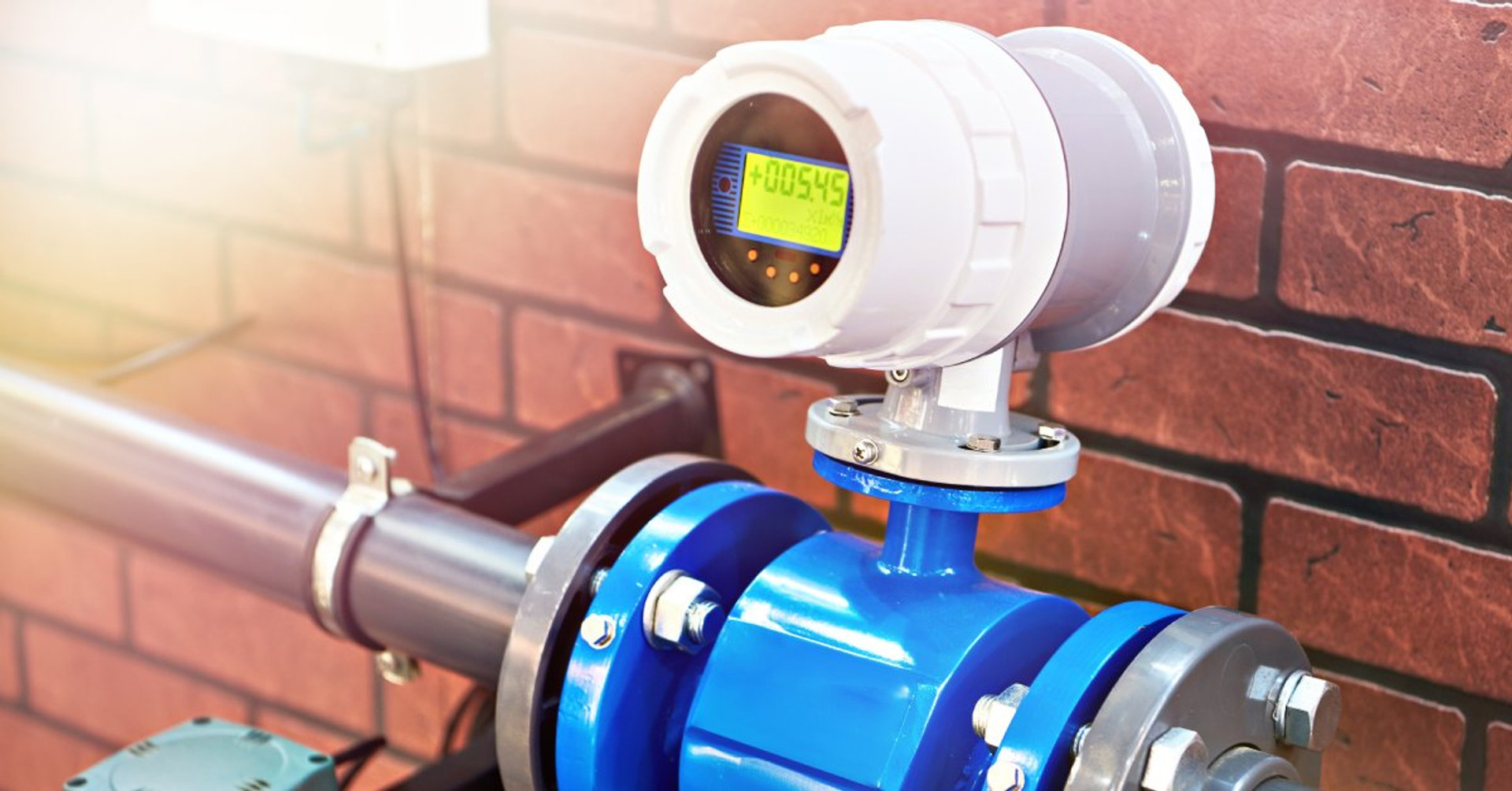4 Common Flow Meter Issues and How To Solve Them
Flow meters are crucial in industrial processes, providing accurate measurements that ensure efficient operations. Despite their importance, flow meters can encounter several issues that disrupt performance. In this blog, we’ll address four of the more common flow meter issues and offer practical solutions for solving them so that you can keep your systems running smoothly.
Inaccurate Readings
Inaccurate readings are a prevalent issue that can impact the efficiency and safety of industrial processes. These inaccuracies often stem from improper calibration, environmental factors, or wear and tear over time. Regular calibration is essential to solve this problem. Calibration ensures that the flow meter for your calibration gas canister is aligned with industry standards and operating within its specified range. Additionally, routine maintenance checks can help identify any anomalies early on. Consider implementing a maintenance schedule that includes visual inspections and cleaning to keep the flow meter free from debris and ensure optimal performance.
Sensor Blockage
Sensor blockage occurs when foreign particles or debris obstruct the flow meter’s sensors, leading to erroneous readings and reduced accuracy, which is crucial when it comes to calibration gas canisters. To prevent sensor blockage, it’s vital to install filtration systems that capture particles before they reach the flow meter. Regularly inspect these filters and clean or replace them as necessary. If a blockage occurs, follow the manufacturer’s guidelines for safely clearing the obstruction without damaging the sensors. Maintaining a clean system environment will significantly reduce the likelihood of sensor blockage and extend the lifespan of your flow meters.
Mechanical Failures
Mechanical failures in flow meters can result from several factors, including wear and tear, exposure to harsh conditions, or improper installation. Common mechanical issues include damaged or worn-out components, such as gears and bearings. Fortunately, the method for solving this common flow meter issue is quite easy. All you have to do is conduct routine inspections and listen for unusual noises or vibrations that could indicate internal damage. When repairs are needed, use high-quality replacement parts and follow the manufacturer’s instructions closely. Investing in proper installation and maintenance practices can prevent mechanical failures and ensure the reliability of your flow meters.
Compatibility Problems
Compatibility problems arise when flow meters are improperly matched to their application requirements. For example, the issue could stem from selecting the wrong meter for the specific calibration gas canister your business uses. No matter the cause, this mismatch can lead to inefficiencies and inaccuracies, ultimately impacting the entire process. To avoid compatibility issues, thoroughly evaluate the specific needs of your application, including the type of fluid, flow rate, pressure, and temperature conditions. Consult flow meter specialists to select the most suitable meter for your application. Investing in the right equipment from the start will save both time and resources in the long run.

